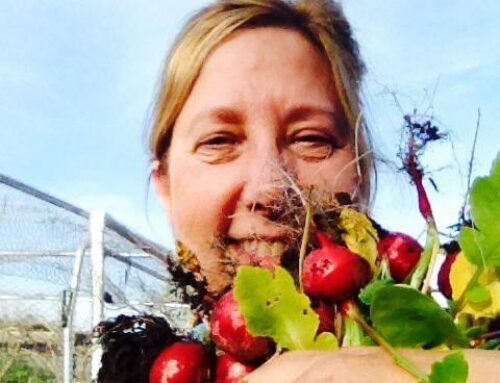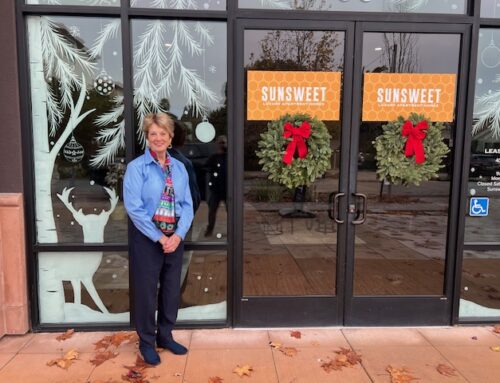Published in the April 13-26, 2016 issue of Morgan Hill Life
By Janet Enright
Even if we get enough rain to ease water restrictions, California is a summer-dry state. That means that it’s naturally dry for long periods of time. I’m a fan of Saxon Holt’s blog summer-dry.com. It’s a great garden photography resource for learning about plants that thrive in summer dry conditions with limited amounts of water.
What does limited amounts of water mean for us in Morgan Hill? Start with an understanding of where you live (Morgan Hill is mostly in Sunset zone 14), your soil type, and sun/shade aspect. If you read summer-dry.com, plant water needs are defined as moderate (every seven to 10 days), occasional (deep soaking every three to four weeks), and infrequent (deep soaking one to two times during hottest months). If you read about U.C. Davis Arboretum Allstars, plant water needs (for watering deeply during the dry season) are defined as moderate (once a week), low (every two weeks), and very low (once a month).
As we move forward with the likelihood of continuing restrictions on the use of water, choosing plants that thrive in dry conditions with limited water is a good investment. There is a big difference between watering established plants once a week and one to two times during the summer.
My favorite resources for inspiration and information include Plants and Landscapes for Summer-Dry Climates published by EBMUD (also check summerdry.com), Landscape Plants for California Gardens by Bob Perry, California Native Plants for the Garden by Bornstein/Fross/O’Brien, U.C. Arboretum All-Stars, and the recent Sunset Western Garden Collection.
WUCOLS IV (Water Use Classification of Landscape Species) is a good resource that lists water use requirements. As you read about plant choices, you’ll learn there are a number of different terms used, from drought tolerant, to water wise, to summer dry. They don’t all mean exactly the same thing. Do your homework and understand what your plants need to thrive.
Here are some of my favorite summer-dry, medium-large size shrubs that are mostly low water users. They are on my go-to list for evergreen plants that add structure to the garden, always look good, work well with different garden styles, and they aren’t temperamental if you play by their rules.
Arctostaphylos “Howard McMinn:” This Manzanita (3’- 5’ x 6’) is an elegant, native choice. A. “Sentinel” (6’- 8’ x 5’) can be pruned up as a small tree. For something smaller, consider a “John Dourley” (3’ x 6’), a “Emerald Carpet” (12”- 18” x 3’- 6’) or a “Carmel Sur” (12” x 6’).
Rhamnus californica “Leatherleaf:” If you’re interested in creating a feast for bees, plant this native Coffeeberry (typically 5′-6” x 5’-6’’).
Rhaphiolepis umbellata “Minor:” This is one of my favorites on the smaller side (3’- 4’x 3’- 4’ and can get taller), but as I was driving down Santa Teresa Boulevard this week (past Christopher High School) I remembered how much I like Rhaphiolepis indica ‘Clara’ (3’- 5’ x 3’- 5’) for it’s small white flowers and lovely round shape. Pittosporum tobira variegata, a long time favorite with grey green variegated leaves (5’- 10’ x 5’- 10’) and I love the scent when it’s small, creamy white flowers bloom. For a smaller version, check out P. “Wheelers Dwarf” (2’- 3’ x 4’- 5’).
Get smart about choosing plants that thrive where you live. To learn more about the range of options available, check out: summer-dry.com, sunsetwesterngardencollection.com, U.C. Davis Arboretum Allstars, waterwonk.us (easily searchable WUCOLS list).
Janet Enright is a Santa Clara County Master Gardener, Bay-Friendly Qualified Landscape Professional, and QWEL (Qualified Water Efficient Landscaper) certified professional.







